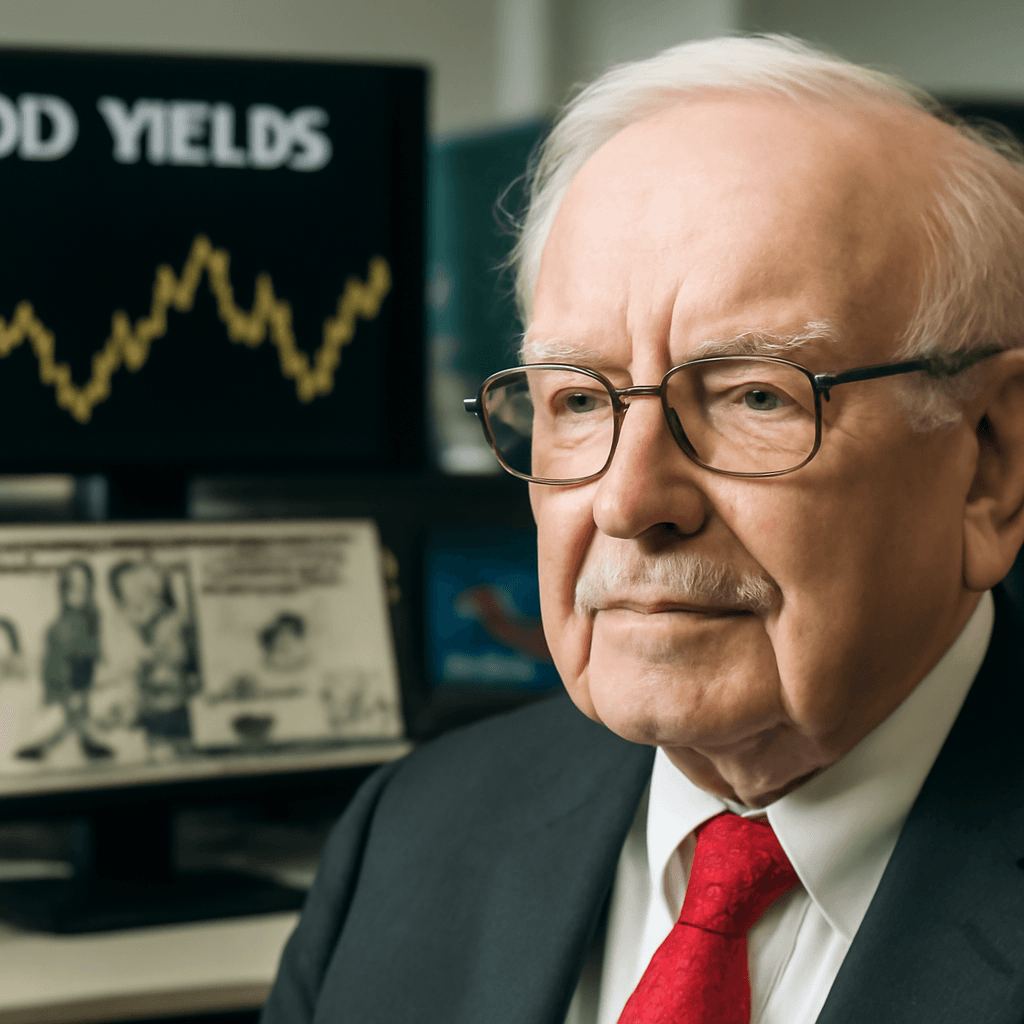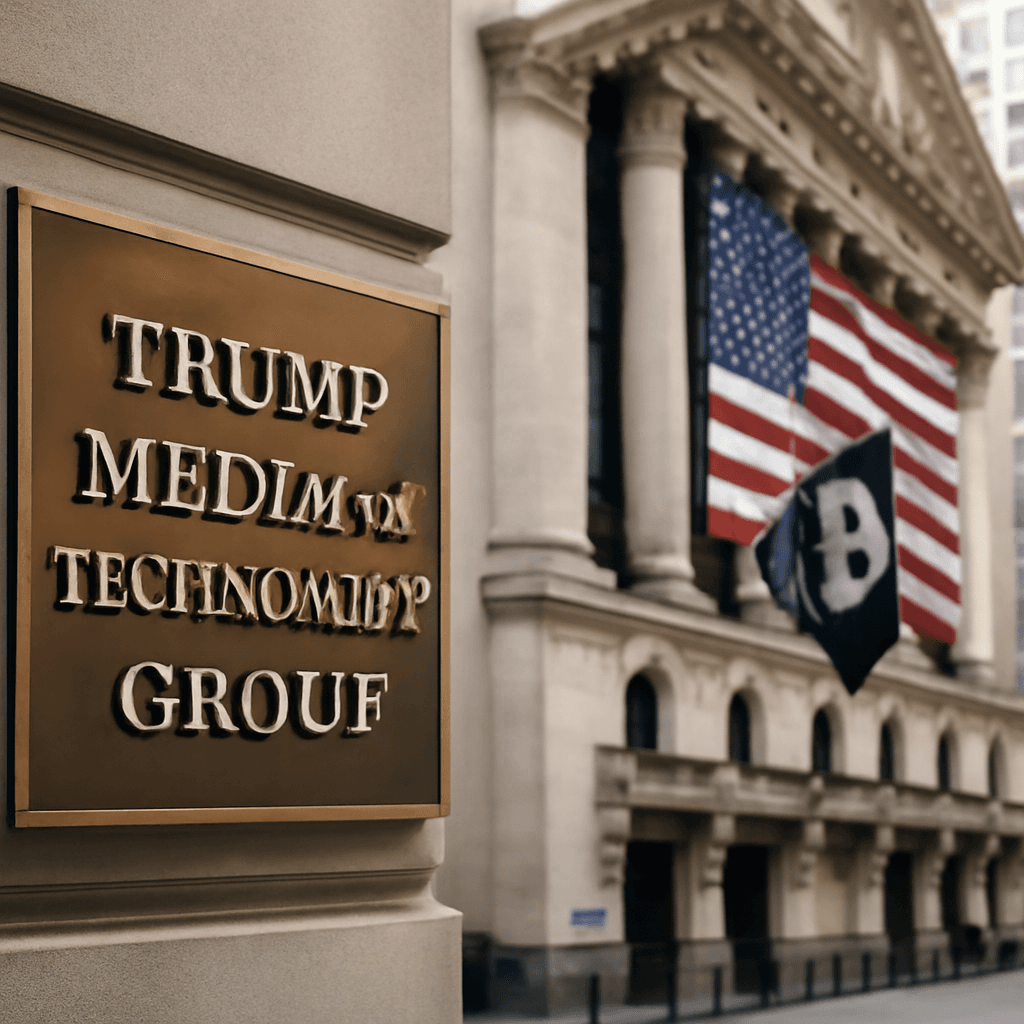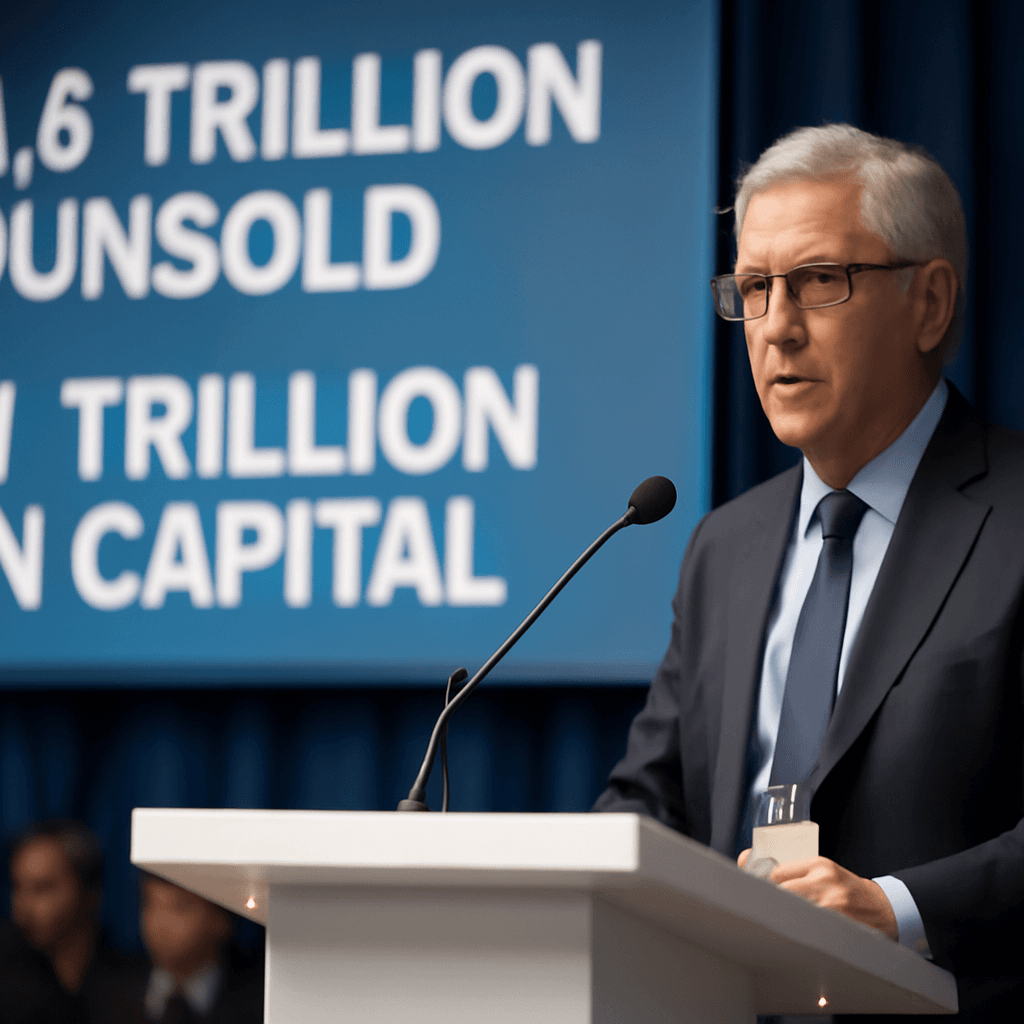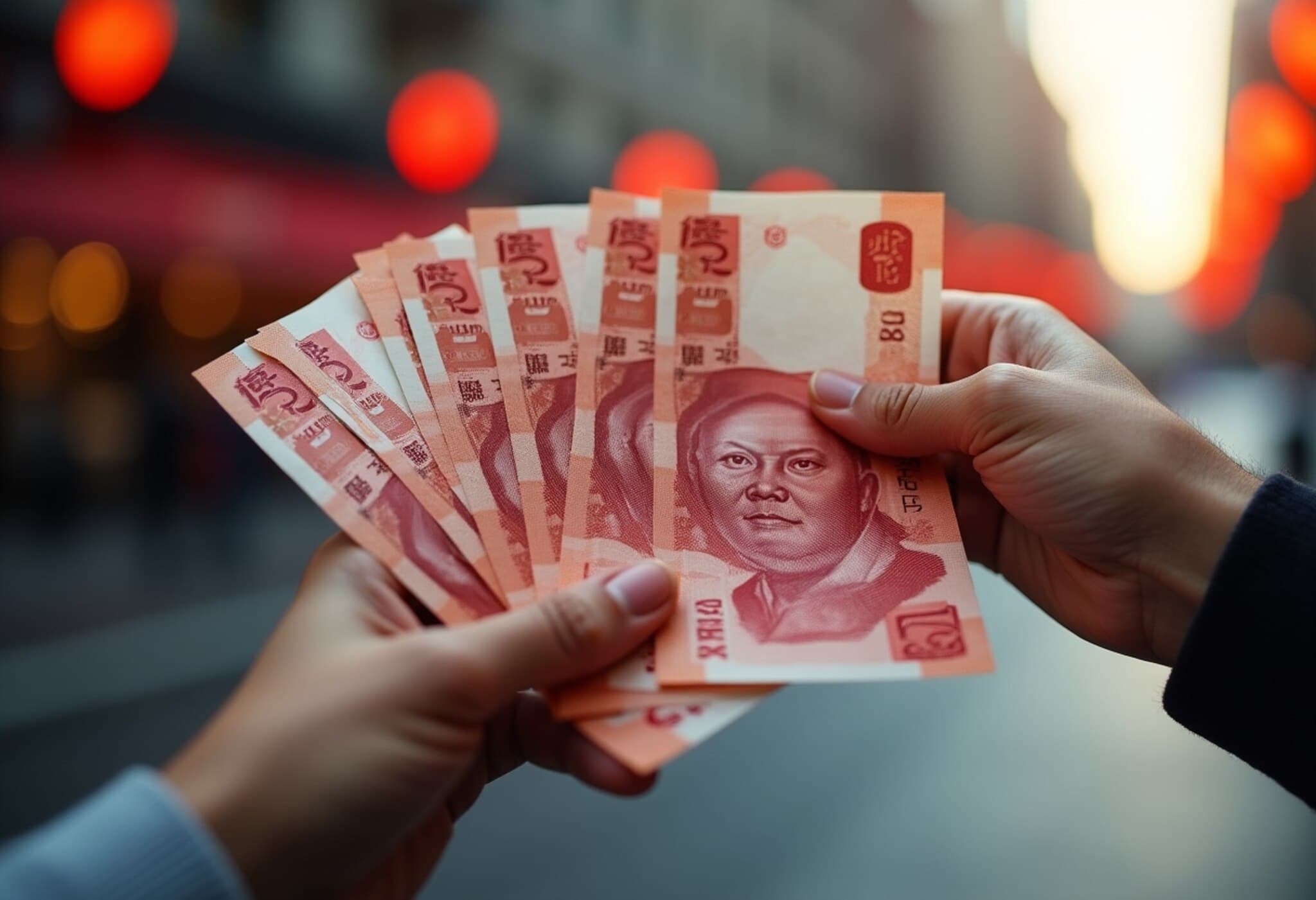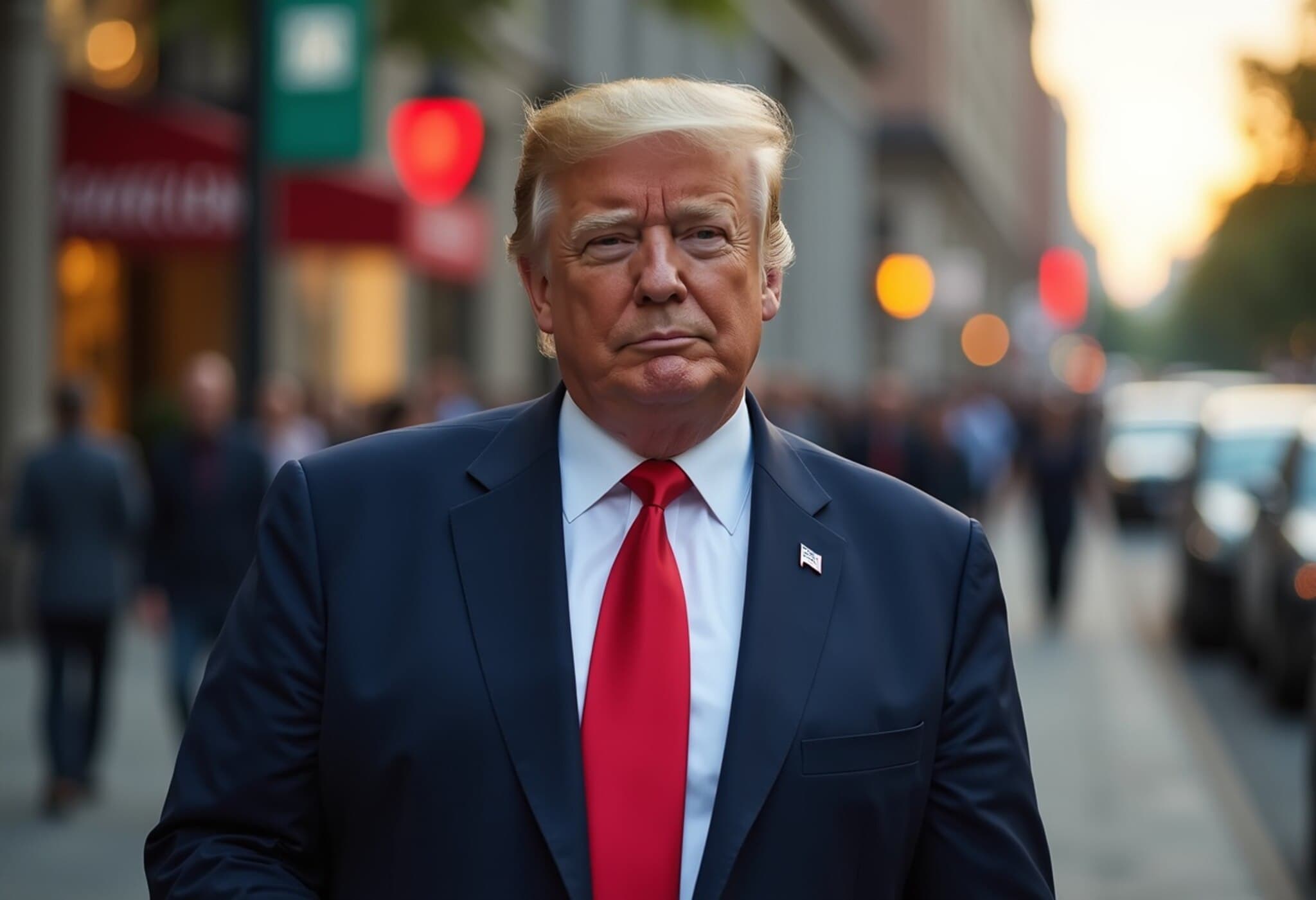China’s Investors Cautioned to Adopt Conservative Strategies in Second Half of 2025
As we move beyond the midpoint of 2025, investors in China’s equity markets are finding themselves at a crossroads. Despite China’s steady technological progress, market experts are advocating a more cautious stance for the remainder of the year due to looming volatility risks and uncertain policy support.
Market Sentiment Wavers: What Investors Should Watch
Leading the charge on this advice is Morgan Stanley’s chief China equity strategist, Laura Wang, whose recent report highlights a growing apprehension about the near-term market environment. "We caution against a potential volatility surge in the next month or two," Wang emphasized, pointing to a noticeable drop in investor optimism toward mainland Chinese stocks — specifically the A Shares — over the past week.
This sentiment shift coincides with Chinese policymakers’ tepid approach toward invigorating economic growth, a trend unlikely to reverse during the upcoming Politburo meeting scheduled for late July. Complicating matters further, international trade tensions linger, as the crucial 90-day tariff truce between the U.S. and China is set to expire in mid-August, shortly after the July 9 deadline for various U.S. trade agreements.
Dissecting Market Dynamics: Mainland Versus Hong Kong
The bifurcation between mainland and Hong Kong markets adds another layer of complexity. While mainland China’s A Shares nudged upward slightly last week, Hong Kong-listed equities — generally more exposed to global investors and dominated by technology heavyweights — have experienced price contractions.
For context, Hong Kong’s Hang Seng Index, brimming with tech giants such as Alibaba Group and Tencent Holdings, surged approximately 20% in the first half of 2025. Meanwhile, the Shanghai Composite Index, characterized by a heavier weighting toward state-owned financial and industrial enterprises, advanced by less than 3% over the same period.
Dividend Stocks Shine Amid Uncertainty
In this landscape, dividend-yielding stocks have become a beacon for risk-conscious investors. Morgan Stanley advocates for maintaining exposure to dividend yield plays as a buffer against choppy markets. One prominent pick is the Hong Kong-listed insurer PICC Property & Casualty, which reported an attractive dividend yield of around 4.5% and stands to benefit from growth potential in China’s auto insurance sector.
Interestingly, Morgan Stanley’s rotation out of companies like Pop Mart — known for its collectible Labubu toys — in favor of steady dividend payers illustrates a strategic shift toward income generation over high growth amid expected turbulence.
Supporting this view, UBS Securities’ China equity strategist Lei Meng notes that medium-to-long-term investors increasingly favor stocks with stable dividends and banking sector exposure. These sectors also enjoy support from state-backed stock purchases, reinforcing their defensive appeal.
Growing Interest from Mainland Investors Favors High-Yield Opportunities
Mainland Chinese investors are casting a wider net for yield as their access to U.S. and other foreign markets becomes more constrained due to regulatory restrictions. According to J.P. Morgan’s Wendy Liu, high-yield Chinese stocks like PetroChina and CR Power — offering dividends exceeding 6% — are prime targets. Both companies are listed in Hong Kong, positioning this market as a critical bridge for domestic investors seeking greater returns.
Global Institutional Perspectives and Divergent Preferences
On the global stage, institutional investors typically regard U.S. equities as the safest haven — a status quo that leads them to consider European, Chinese, or emerging markets mainly for portfolio diversification rather than core holdings. Liqian Ren, head of quantitative investment at WisdomTree, underscores that less volatile sectors like utilities in China are unlikely to magnetize foreign capital, who prefer more liquid and transparent investment avenues.
Ren also points out an essential nuance: many leading Chinese AI firms, including the tech behemoth ByteDance, remain private, limiting international investors’ direct access to some of China’s most dynamic growth stories.
Expert Insights: Navigating China’s Complex Market Environment
- Policy Ambiguity: Without clear signals ahead of critical government meetings, investors should brace for unexpected volatility.
- Trade Tensions: The unraveling or renewal of U.S.-China tariff agreements might serve as a key market catalyst in coming months.
- Shift to Dividends: Defensive positioning in high-yield, state-supported sectors offers a hedge against downside risk.
- Investor Composition: The rising prominence of mainland Chinese retail and institutional investors influences liquidity and sector preferences.
Looking Ahead
As the second half of 2025 unfolds, the overarching narrative for China’s investors centers around prudence amid persistent uncertainties — both geopolitical and domestic. While innovation-driven sectors remain attractive, the practical wisdom lies in balancing growth with resilient, income-generating assets.
Editor’s Note
China’s equity markets present a nuanced puzzle for investors: a blend of technological promise offset by policy ambiguity and global trade frictions. Observers should watch whether Beijing’s upcoming policy actions can reinvigorate momentum or if markets will reflect broader caution. For those invested or considering entry, the unfolding second half may reward adaptability and a keen eye on dividend stability amid evolving global dynamics.







